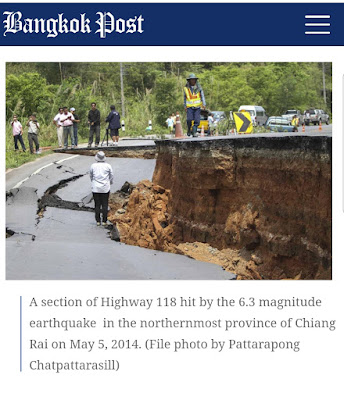Monsoon woes
When is India prone to flooding?
What is the main cause of flooding in India?
Who are affected by the flooding?
Flooding in India on the onset of the SW Monsoon killed dozens and displaced thousands at the start of July 2019.
Look at how the flood as a results of the monsoon killed 324 and displaced more than 200,000 in Aug last year (2018)
India experiencing SW Monsoon in July which brings heavy rain as the onshore wind crosses the Indian ocean.
The NE Monsoon is an offshore wind and bring little or no rain to India.
Animated illustration of the monsoons from
https://www.s-cool.co.uk/a-level/geography/weather-conditions/revise-it/types-of-monsoons
The flooding caused by the monsoon has led to widespread damage and deaths in India.
Read more at https://www.channelnewsasia.com/news/asia/one-million-moved-into-camps--184-dead-in-india-monsoon-floods-11802936
Read more at https://www.channelnewsasia.com/news/asia/one-million-moved-into-camps--184-dead-in-india-monsoon-floods-11802936
Updated 12 Aug 2019
What is the main cause of flooding in India?
Who are affected by the flooding?
Flooding in India on the onset of the SW Monsoon killed dozens and displaced thousands at the start of July 2019.
Look at how the flood as a results of the monsoon killed 324 and displaced more than 200,000 in Aug last year (2018)
India experiencing SW Monsoon in July which brings heavy rain as the onshore wind crosses the Indian ocean.
The NE Monsoon is an offshore wind and bring little or no rain to India.
Animated illustration of the monsoons from
https://www.s-cool.co.uk/a-level/geography/weather-conditions/revise-it/types-of-monsoons
The flooding caused by the monsoon has led to widespread damage and deaths in India.
The southern state of Kerala, a tourist haven known for its beaches, hill resorts and backwaters, has been the worst hit region for the second consecutive year, forcing the closure of the Kochi international airport for three days last week.At least 76 people have died, 58 are missing and another 32 have received injuries in Kerala.
Around 288,000 people across the state's worst affected districts including Wayanad, Malappuram and Kozhikode have been moved to relief camps.At least 42 people have also lost their lives and 580,000 people evacuated in neighbouring Karnataka state.
There were 66 deaths in the western states of Maharashtra and Gujarat, with tens of thousands of people shifted to relief camps.Read more at https://www.channelnewsasia.com/news/asia/one-million-moved-into-camps--184-dead-in-india-monsoon-floods-11802936
Read more at https://www.channelnewsasia.com/news/asia/one-million-moved-into-camps--184-dead-in-india-monsoon-floods-11802936
Updated 12 Aug 2019








